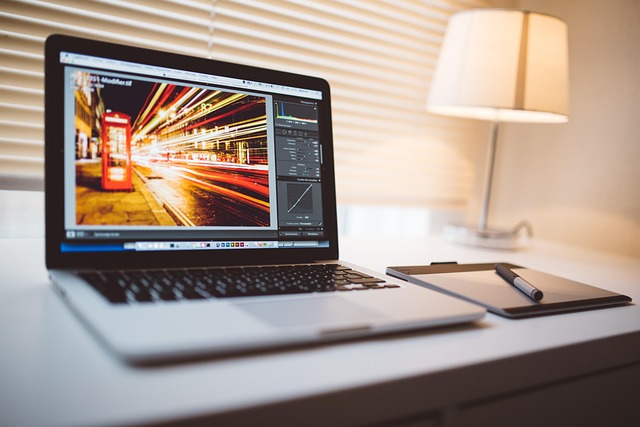We’ve all had that moment. Sitting down to watch a film, play a game, or view stunning photography, and being completely captivated by the sheer vibrancy and depth of the colors on screen. It’s not just seeing an image; it’s feeling it. That rush of emotion, that sense of being transported – much of it comes down to how well your screen speaks the language of color. It’s a complex world governed by what we might call the internal ‘color code’ of our display technology.
At its heart, understanding display technology, whether it’s for your massive living room TV or the monitor you create content on, means appreciating the intricate system by which millions of pixels collaborate to reproduce the world’s spectrum. This isn’t about typing programming commands; it’s about the fundamental technical architecture that translates digital signals into light of specific hues, saturations, and brightness levels. It’s the science and engineering (Technic”) that makes visualization possible in such vivid detail.
For anyone invested in content – be it consuming breathtaking visuals or crafting them – the fidelity of this color code is paramount. A filmmaker’s carefully graded scene, a photographer’s post-processed masterpiece, a game designer’s intended atmosphere – all rely on the display accurately interpreting and presenting their vision. When the color code is off, the feeling changes. Blues might look purple, reds could be muted, and subtle gradients might appear as harsh bands. This is where the power (or limitation) of your TV or monitor becomes strikingly evident.
Modern display technology encompasses various methods, from the traditional LCD panels backlit by LEDs, to the self-illuminating pixels of OLED, and enhanced QLED displays. Each technology has its own strengths and weaknesses in reproducing color. Factors like color gamut (the range of colors a display can produce), color depth (how many steps between colors it can show), and peak brightness all play crucial roles in how rich and realistic the final image appears. The better the display can process and output this complex color code, the closer the on-screen image is to reality or the creator’s intent.
Think about the monitor you use for editing or design. Its ability to accurately render colors is essential for ensuring your work looks right not just to you, but to everyone else viewing it on different screens. Similarly, your TV’s display technology dictates how immersive that cinematic experience truly is. The technical mastery (“Technic”) behind translating digital information into billions of potential colors on a screen is a marvel, directly impacting our visual experience (“Visualization”).
The continuous evolution of display technology is driven by the quest for a more perfect color code – one that can reproduce colors with greater accuracy, vibrancy, and dynamic range. As creators push the boundaries of visual content, the displays we use must keep pace, ensuring that the emotional impact and intricate details they embed in their work are fully realized when they appear on our screens.




